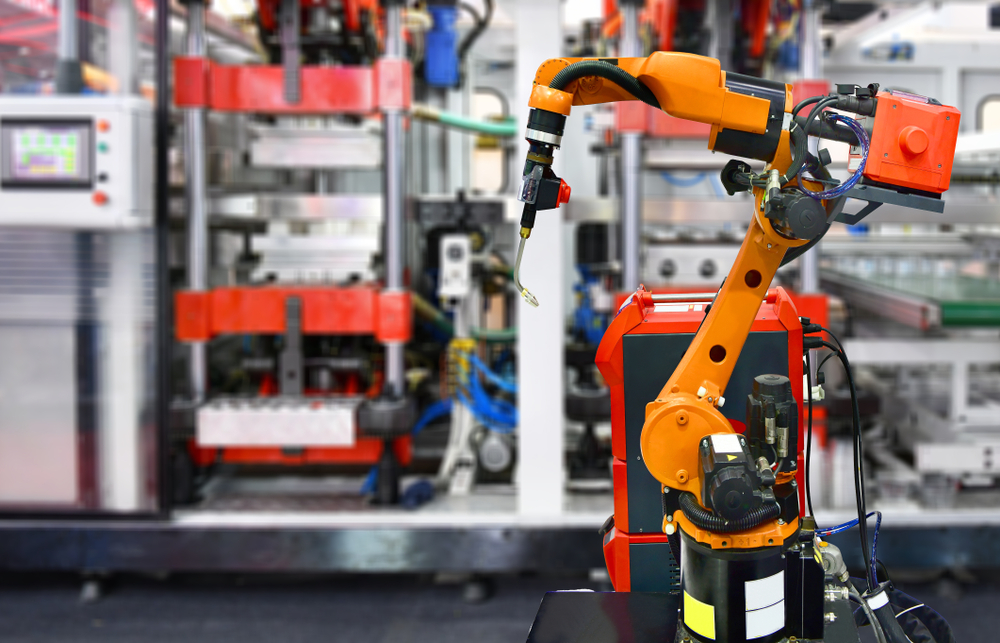Safety Scanners: Tech for a Secure Work Environment

Want to shine a light on safety in your factory? Safety scanners can help. These optoelectronic devices emit light beams and measure the time it takes for the light to reflect back. This time-of-flight measurement allows the scanner to create a precise map of its surroundings — namely for the purpose of establishing safety zones around equipment or machinery.
When an object or person enters a defined safety zone, the scanner detects the interruption in its light pattern. This triggers an immediate response — such as shutting down equipment or sounding an alarm — to prevent potential accidents. It all happens in seconds to ensure immediate safety.
Types of safety scanners and their applications
If you’re looking to make an investment in safety at your factory, consider the power of proximity-based safety scanners. There are three main types, each with its own set of applications:
- Laser scanners: These devices use a rotating mirror to create a fan-shaped detection area. They’re ideal for machine guarding and area protection.
- Light curtains: Consisting of a series of parallel light beams, light curtains are perfect for access control and perimeter guarding.
- Vision-based systems: These advanced scanners use cameras and sophisticated algorithms for complex area monitoring and flexible zone configuration.

Maintenance, testing, and troubleshooting
The effectiveness of safety scanners comes down to how well they’re set up and serviced: proper maintenance, regular testing, and prompt troubleshooting. Here’s what it looks like in practice:
Maintenance
Proper maintenance not only extends the life of the scanner; it also ensures its reliability in critical safety situations. A well-maintained scanner is more likely to function correctly when it matters most, potentially preventing accidents and saving lives. Key maintenance tasks include:
- Cleaning scanner lenses to remove dust and debris
- Performing alignment checks to ensure correct positioning
- Updating software and calibrating for accurate measurements
Testing
Consistent testing helps identify potential issues before they become critical problems. It also provides a record of the scanner’s performance over time, which can be valuable for predictive maintenance and regulatory compliance. Important testing procedures include:
- Conducting daily function checks at the start of each shift
- Performing periodic comprehensive testing of all scanner functions and safety zones
- Documenting test results for regulatory compliance and trend analysis
Troubleshooting
Effective troubleshooting minimizes downtime and ensures the scanner’s continuous operation. It requires a good understanding of the scanner’s functions and the ability to diagnose issues quickly. Common problems and their solutions include:
- Addressing false trips by adjusting environmental factors or sensitivity settings
- Resolving reduced detection range through recalibration or lens cleaning
- Fixing communication errors by checking system integration and connections

Proactive safety systems are invaluable
Safety scanners are indispensable tools in creating and maintaining a safe work environment. Their ability to provide noncontact safety solutions makes them ideal for a wide range of industrial applications.
This August, GES wants to help you get the most out of your safety scanners — and any other non-PPE safety equipment in your factory. Take advantage of our “Summer of Safety” special, now through the end of the month: 15% off three or more repairs or 10% off a single unit repair.
In the end, a well-maintained safety scanner system is more than just a regulatory requirement: it’s a fundamental component of a safety-first culture that protects workers. Are your scanners working properly to protect your people?
